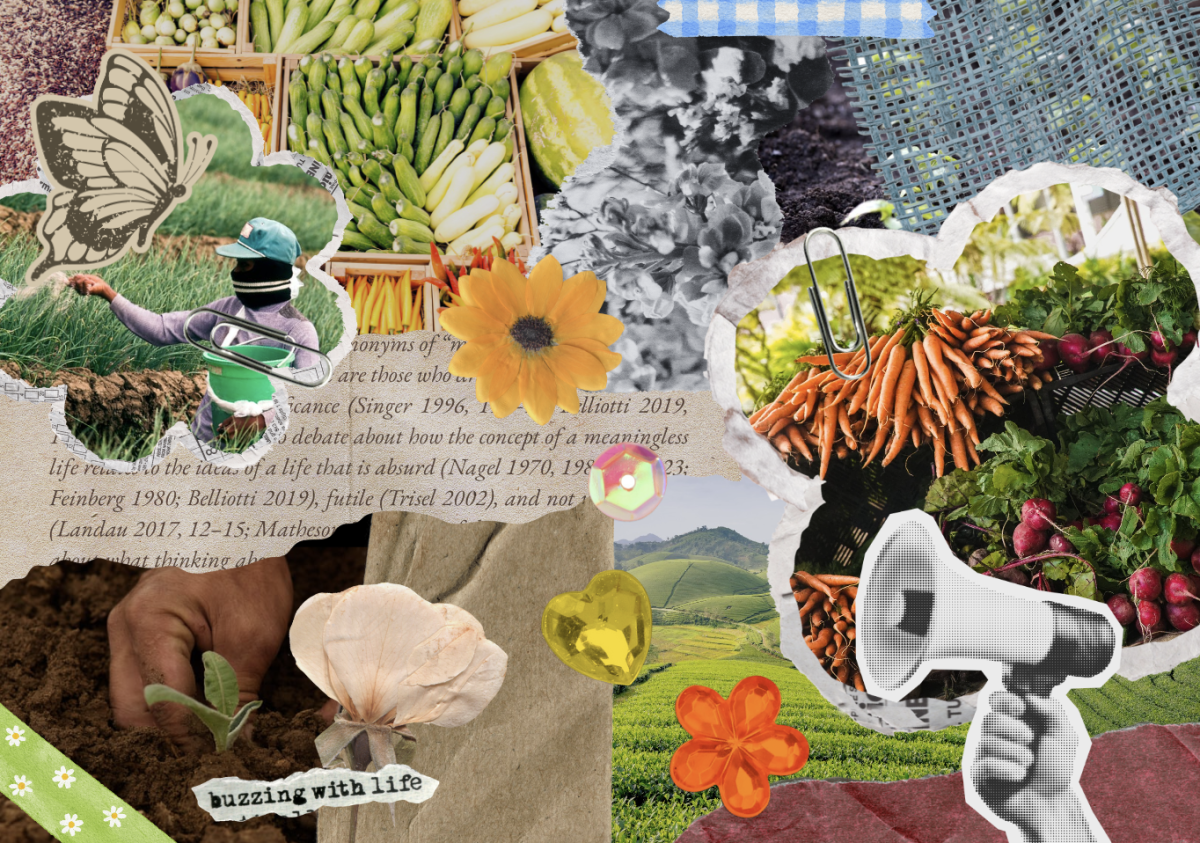Introducing unconventional yet nutrient-rich crops into American diets could enhance the resilience of food systems both nationally and around the world.
Such advancements could be critical to battling hunger as countries grapple with decreasing crop yields and climate change. Globally, more than 700 million people are undernourished and food demand around the world is projected to increase by 25% by 2050.
These crops – which many Americans are unfamiliar with – are relatively unknown among most of the population. However, they mirror the rise of quinoa, a high-protein grain that saw a jump in popularity in past decades. Although it was lauded as a key solution in addressing hunger with the United Nations naming 2013 the “Year of Quinoa,” the benefits it promises are increasingly applied to a wider diversity of grains that have been around for centuries.
Crops such as cowpeas, mung bean, finger millet and cocoyam may sound like part of an exotic dish to domestic consumers, but scientists and policymakers are calling these unconventional grains a promising answer to the challenges that climate change poses to food security.

International organizations are cooperating with at-risk nations to implement these solutions. The Vision for Adapted Crops and Soils (VACS) is the creation of Dr. Cary Fowler, from the U.S. Special Envoy for Food Security and the 2024 World Food Prize Laureate. The initiative – through the U.S. Department of State – leverages partnerships with the African Union and Food and Agriculture Organization of the United Nations (FAO) to broaden the horizons of traditional crops. These agricultural products are termed “opportunity crops” for the promising solution they offer to burgeoning hunger issues across the world.
According to the program, most opportunity crops tend to be nutrient-rich and of indigenous origin that fall out of favor with monocultural practices. The Rockefeller Foundation, an independent philanthropic organization that funds research toward global security issues, released a report in March 2024 analyzing the productivity of various opportunity groups under climate change scenarios.
While the VACS program continues to roll out, its underlying goal of reintroducing opportunity groups to African farmers is underscored by the belief that food security requires global cooperation and contributions. However, the effects have benefits across the globe. The program’s most recent technical report acknowledged the tension that international conflict has placed on these interconnected food systems across countries. As implementation continues, the VACS research agenda described three phases to achieve its goals.
First, to identify crops critical to nutrition in Africa’s countries, including those outlined in the Rockefeller Foundation’s analysis. Then, the initiative aims to anticipate the effect of various climate change scenarios before assisting in adaptation programs through diplomacy, exchange of scientists and potential funding.
The climate and nutrition rewards of individual crops vary, but present options for farmers to select. For instance, Amaranth’s high Vitamin A content could be harnessed to boost deficiencies seen in African and Southeast Asian populations. In arid regions struggling with water availability, plants with high levels of drought-tolerance teff and grass pea can sustain farmers’ yields and incomes.
However, a key challenge in the widespread adaptation for farmers is catering to consumers who have grown accustomed to diets dependent on wheat, rice and oats. While the First Green Revolution from the late 19th century to the early 20th century saw the merits of large-scale agriculture operations, its effects are catching up. Advancements in chemical fertilizers and mechanized farming to grow monocultural high-yield crops resulted in loss of crop diversification, and consequences for global climate change. Another result? American tastes catered to rely on these crops.
Opportunity crops also reduce the strain placed on natural resources required to grow them, which can have ramifications for a government pushing for a clean energy transition. The Biden Administration set a net-zero goal for all federal organizations by 2050, through means such as decarbonization of buildings and electric vehicle usage. A lesser explored avenue for this goal is by reducing usage in the agricultural sector, which contributed at least 10% of national greenhouse gas emissions in 2022. In particular, corn and soybeans – accounting for half of all 2023 crop cash receipts in the U.S. – have a considerable impact on environmental health. A 2019 study in Nature found that corn production resulted in 4,300 premature deaths and were associated with $39 billion in damages. Crops that are less taxing on soils and have drought-resistant traits can yield contributions of equal – or greater – nutrition while alleviating the strain on current resources.
The program recently received $30 million in funding the creation of soil information systems in Guatemala, Honduras and several African countries under the SoilFER project in 2024. Its success in the phases outlined in the VACS research agenda remains to be seen.













































































